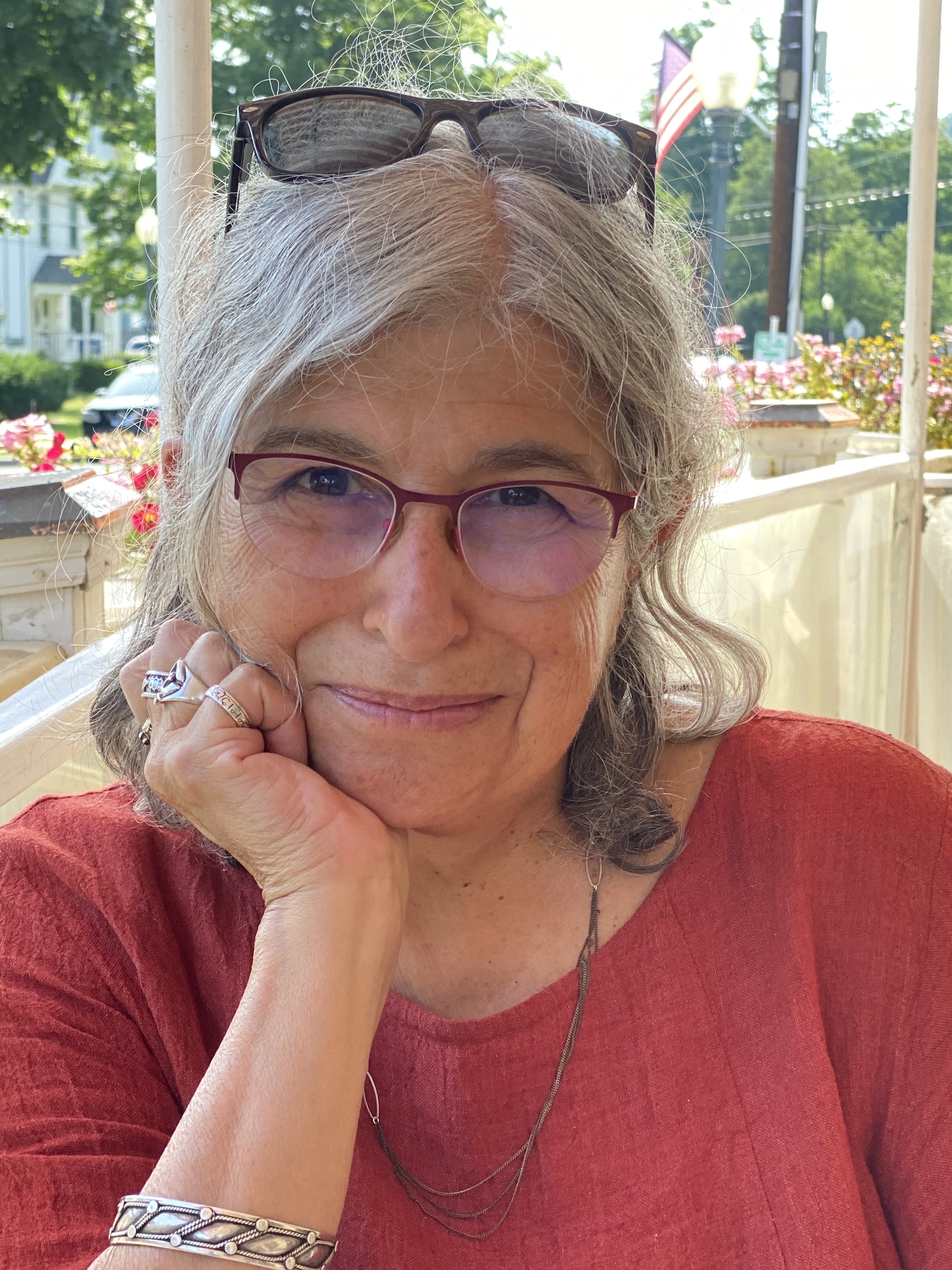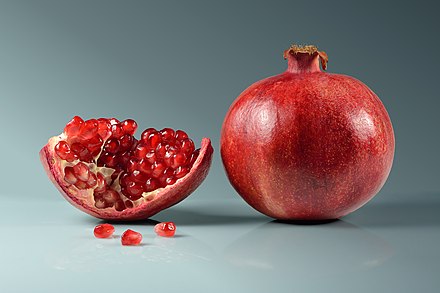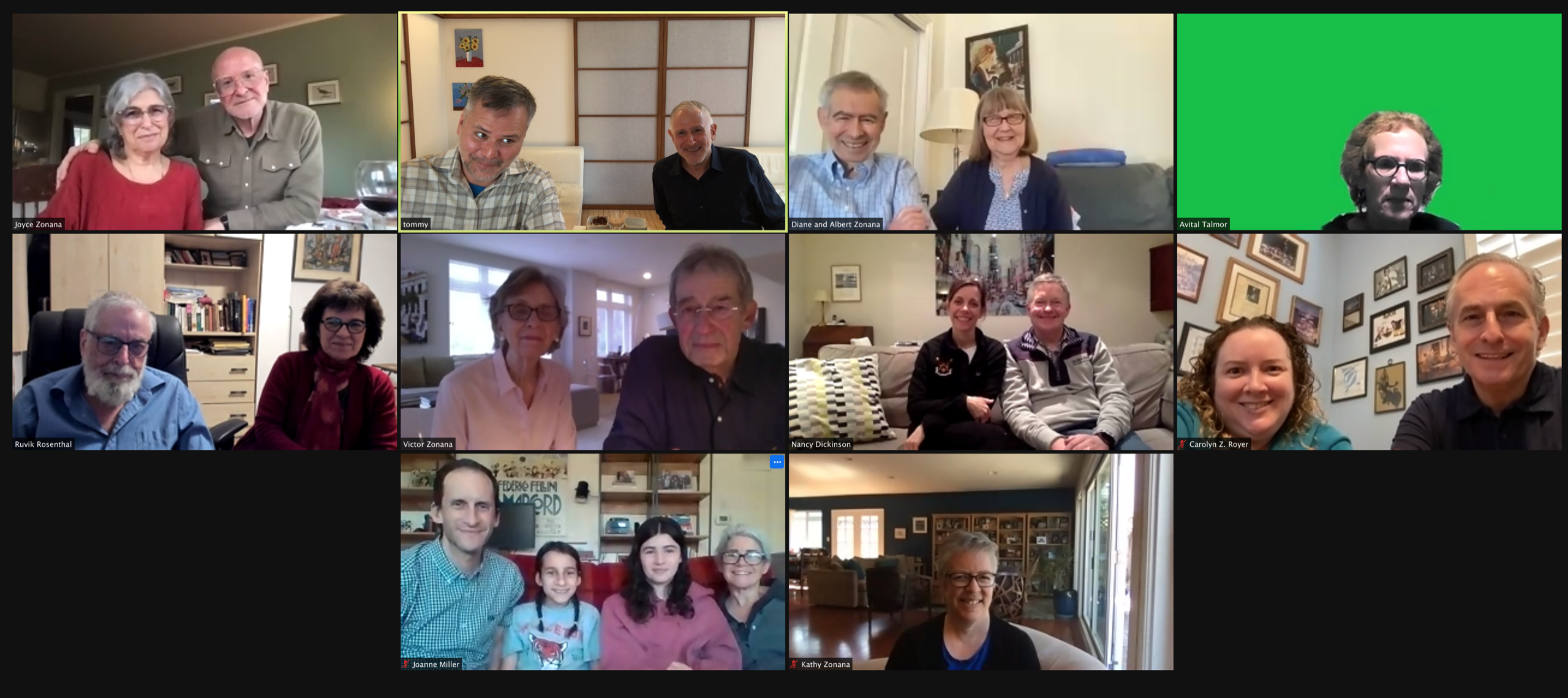
When I was growing up in my Egyptian Jewish immigrant home, each of the High Holidays was imbued with sacredness, thanks largely to my mother’s efforts to create a meaningful gathering of family and friends. Around a long table, covered with an embroidered white cloth and set with sparkling silver and delicately fluted china, she served at each season the festive meal that made manifest for us the presence of the Divine.
My father, an Orthodox Jewish man, followed the tenets of his faith, praying each morning and attending synagogue each week. But it was my mother who brought to life the seasonal festivals that also characterize Judaism. As a child, I longed to pray with my father and I envied my brother and male cousins who studied and recited the ancient Hebrew; I resented having to polish silver and set the table. But today I’m grateful for my mother’s quiet teachings.
Passover had special meaning for us because our family’s departure from Egypt seemed a reenactment of the ancient Exodus. But Rosh Hashanah, that holy day without explanatory narrative, seemed even purer in its celebration of abundance and blessing, renewal and return. Each year, I looked forward to the new moon in Tishrei that coincided with the arrival of autumn in New York and the beginning of the school year.
While our Ashkenazi neighbors symbolized their wishes for a sweet new year with round challah and apples dipped in honey, we held an elaborate, extravagant Sephardic seder.
On our table, the crimson pomegranate seeds my mother had carefully separated from the skin glistened like jewels illumined from within; a pale green jam made from the grated flesh of a gourd, scented with rosewater and studded with thin slivers of blanched almonds, shone with a numinous, interior light. Bowls of black-eyed peas simmered with cinnamon and tomatoes were arrayed beside a delicately-flavored leek omelet, breaded and fried brains, roasted beets, fresh dates, apples, and—best of all—a new fruit of the season: usually fresh fig or persimmon or prickly pear.
These were the ritual foods, painstakingly prepared and then tasted with deliberation and delight after reciting a carefully worded prayer: “May our mitzvoth (good deeds) be as numerous as the pomegranate seeds”; “May we be as a head and not a tail”; “May the evil of our verdicts be ripped”; “May our enemies depart.” The prayers usually involved puns, as my father would explain: the Hebrew for “gourd” is close to the words for “ripped apart”; “beet” is a homonym for “depart.” To me as a child, this association of the sounds of words, the taste of foods, and a prayer for good fortune, seemed especially charged and magical, as indeed it was: The Word made Flesh. Unconsciously, I knew that around that shining table, I was experiencing the Divine.

Had I been born just a few years later, or had our immigrant Jewish community been more progressive, I might have found my way to Hebrew school and perhaps even seminary, for I always longed to be in closer communion with Divine. As it was, distressed by Judaism’s patriarchal focus, I turned from my family’s faith, while still seeking a form for my devotion. I embraced yoga, Native American ritual and the Goddess, eventually seeking initiation as a Wiccan Priestess—only to find I had been led back to my mother’s practice.
For what was the Rosh Hashanah seder other than a new moon ritual, a circle cast with love, a sharing of cakes and ale, communion? What were we doing other than celebrating the presence of the Divine among us, the embodied Goddess in our lives, what Carol P. Christ, may she be cradled in the womb of the Goddess, called “the intelligent embodied love that is the ground of all being”?
As I grew older, I gained the courage to organize Rosh Hashanah gatherings of my own. Like my mother, I cleaned and shopped and cooked and prepared, taking time away from my ordinary routines. To chop vegetables, to prepare the pomegranates, to simmer the beans and cook the leeks—each action became a prayer, each gesture a link that bound me to my mother and the generations of women before her.
Following my family’s customs, I tried having my brother or a cousin lead the prayers. After all, I still do not read Hebrew, and the habit of deferral to male authority remains firmly embedded. But the men I called on did not approach their role as I had hoped they might. And so, having cleared the space, I began to allow myself to fill it: using what I have learned from all my other practices, as well as all the years of watching my father, I now lead the ritual in all sincerity and humility. As I do so, my heart opens and the words take form.
I write this during the month of Elul, as the moon waxes in preparation for its return to darkness, and the shofar is sounded daily to awaken us from slumber. I await the coming of the next new moon, as I cleanse my inner and outer being, and begin to envision the Rosh Hashanah Seder—this year on Zoom—that will bring together my far-flung family (we can be found in California and New York and London and Tel Aviv and this year even in the Alps) in the latest iteration of our ancient ritual of renewal and return.

(An earlier version of this essay appeared in Feminism and Religion in September 2015.)
Joyce Zonana is a writer and literary translator. Her most recent translation, Tobie Nathan’s A Land Like You, a novel about Egypt’s Jews, is available from Seagull Books. Her memoir, Dream Homes: From Cairo to Katrina, an Exile’s Journey was published by the Feminist Press. Joyce served for a time as co-Director of the Ariadne Institute for the Study of Myth and Ritual, and is a contributor to the Abbey of Hope’s Reflectionary, where her writing is accompanied by Deborah Saltz Amerling’s luminous artwork.
Discover more from Feminism and Religion
Subscribe to get the latest posts sent to your email.


Oh what a beautiful embodied essay – you capture the ineffable here as well as the universality of these seasonal celebrations with their underlying meaning. What an uplifting post. Thank you.
I am struck by the pomegranate that now will always remind me of Carol and my own childhood experience – not embedded in any religion – just a singular experience with my own Italian father who brought home this extraordinary fruit for the first time and unveiled the ruby seeds… at that moment a very small child was pulled into the way of the goddess. Although she didn’t know it… she felt it… each of those seeds one of us human and non human alike all contained in in this marvelous fruit from the Tree of Life…
LikeLiked by 1 person
Oh Sara, thank YOU for your beautiful comment. So glad my essay touched you and evoked that wonderful memory. The pomegranate is indeed a magical, divine fruit. I remember first seeing the trees for the first time on Crete when I did the Goddess tour with Carol! Ruby seeds …
LikeLiked by 2 people
I want to grow one! loved this essay!
LikeLike
So good to read this again. I was fascinated the first time to read that you’d returned to your mother’s faith and teachings when you turned to the Goddess. Yes, pomegranates are indeed beautiful, but it seems that your mother made them more beautiful. Bright blessings for all your holidays and to your family wherever they are.
LikeLiked by 2 people
Thanks so very much Barbara! Bright blessings to you, always.
LikeLike
Wonderful essay, I love that the unconscious from your childhood has now become conscious and you can honor it so beautifully. And your talk of allowing yourself to fill the space is so meaningful. Your writing is a feast for all the senses.
I am really struck by the pomegranate. It is also the fruit that Persephone ate in the underworld, a fruit of seeds and fertility.
LikeLiked by 2 people
A feast indeed!
LikeLike
Thank you so much, Janet. It’s so fitting that the pomegranate figures in so many myths and rituals! We’re all onto something!
LikeLiked by 2 people
Beautifully written!
LikeLike
Thank you!
LikeLiked by 1 person
Of course everything you write touches my heart and brings back wonderful memories. I also try to honor my parents and celebrate the holidays by cooking and sharing with family and friends. I long-ago naturally just took over leading the Passover Seder. My children do not celebrate Rosh Hashanah but I try to gather us together so we can strengthen our relationships look at the past year and see how we can help /support each other and if necessary to make amends. Tradition is wonderful and I hope to continue to create them but since this year I will not have a home and will be staying at a friends house I a planing a small party there with none traditional food, and all none Jews but I will make a toast for a sweet new year. I hope you will have one as well
LikeLike
This is beautiful, Joyce! I feel like I’m right there at the table with your family enjoying this incredible feast. Happy New Year!
LikeLiked by 1 person
Thank you Sally! Happy New Year to you!
LikeLike
A beautiful essay, thank you for sharing it again. I love the photos of your family! It makes me think of all the ancient homes where goddess statues were found near ovens and also where each home had its own altar and sacred space. These family rituals of connecting with Earth’s bounty are so meaningful in all eras!
LikeLiked by 2 people
Thank you so much for reading and responding Carolyn! Yes to the importance of family rituals and altars in each home!
LikeLiked by 1 person
I absolutely love this!! So deeply expressive, spiritual and personal relatable. Named my blog after the significance of the pomegranate in Judaism…had a similar Jewish upbringing (patriarchal) and ventured out on a similar inter-spiritual journey.
LikeLike
Thanks so much for this sweet comment Abi. Happy New Year!
LikeLiked by 1 person
My pleasure. Shana Tova u’metuka!
LikeLike
Thanks so much for this sweet comment Abi! Happy New Year.
LikeLiked by 1 person
Shana tova u’metuka 🍯🍎
LikeLike